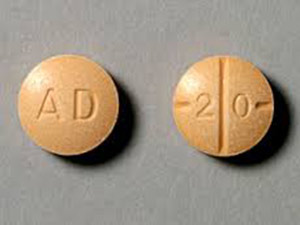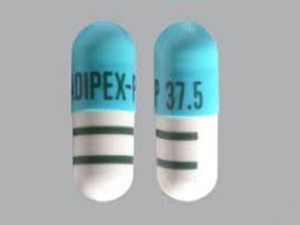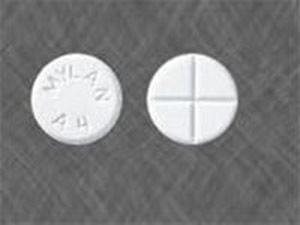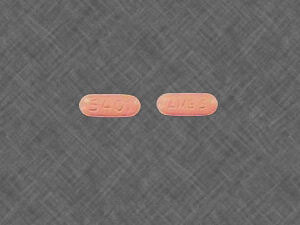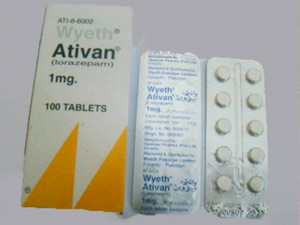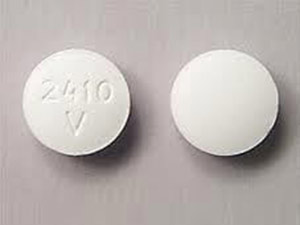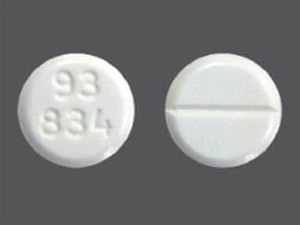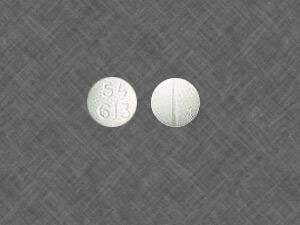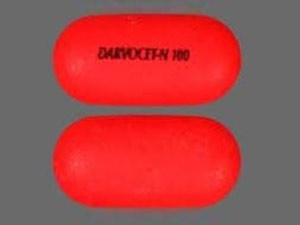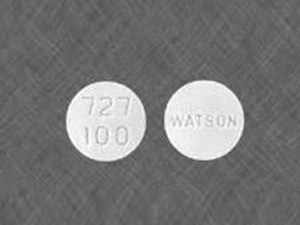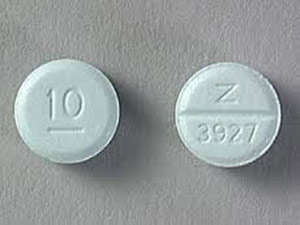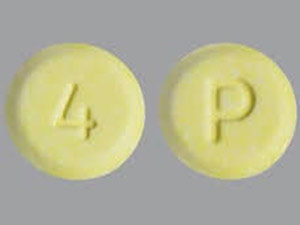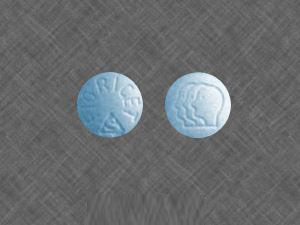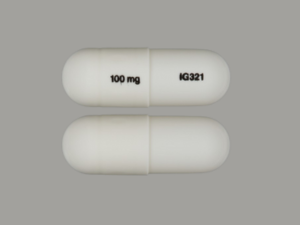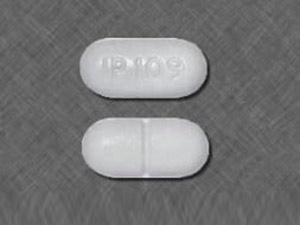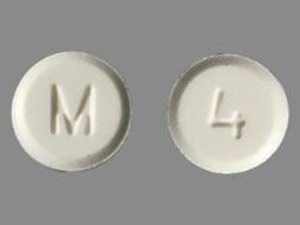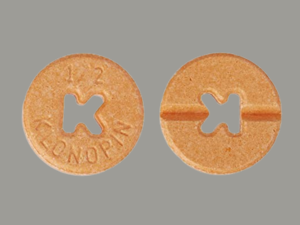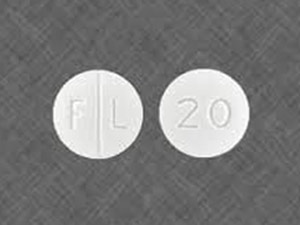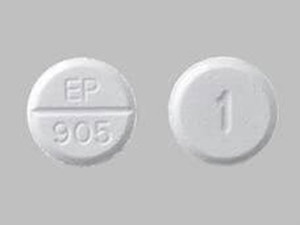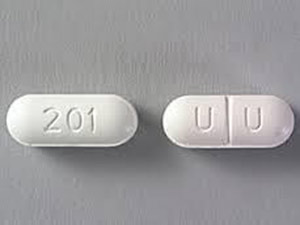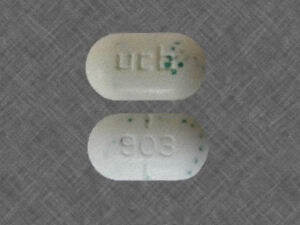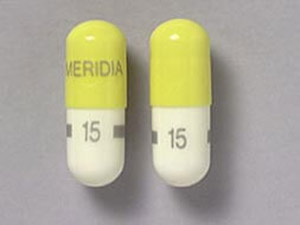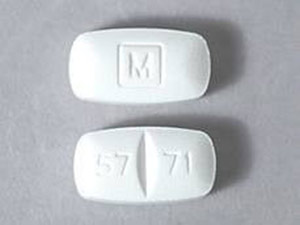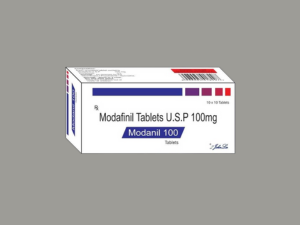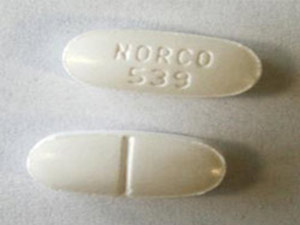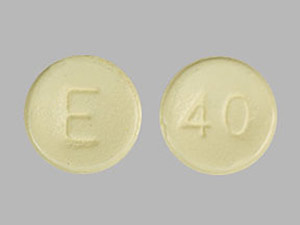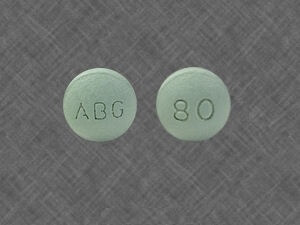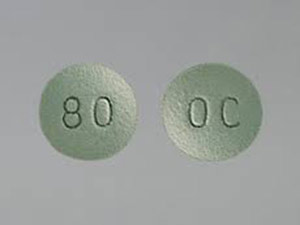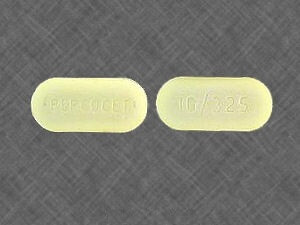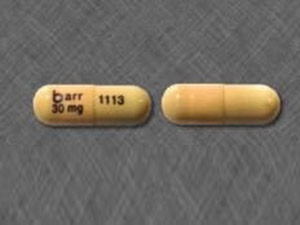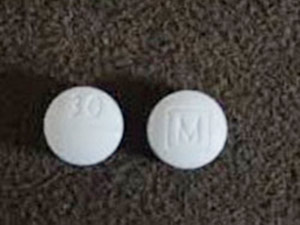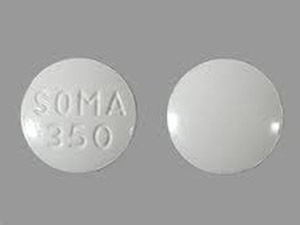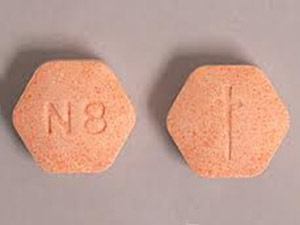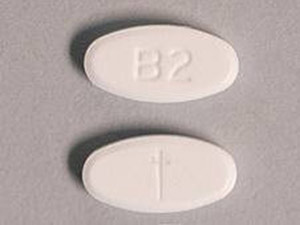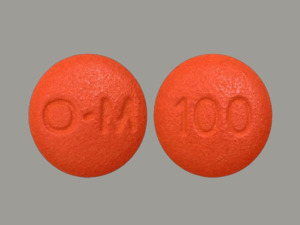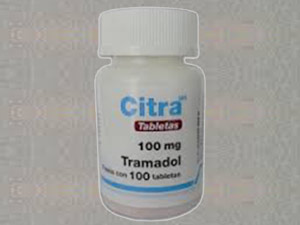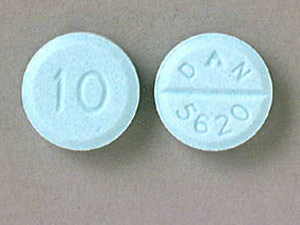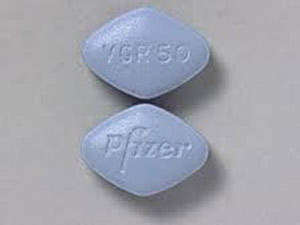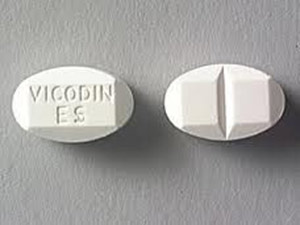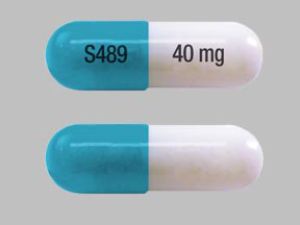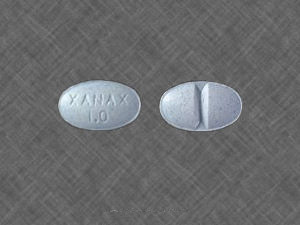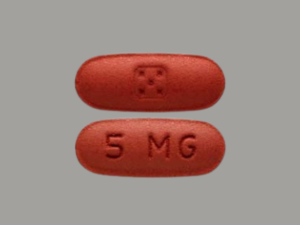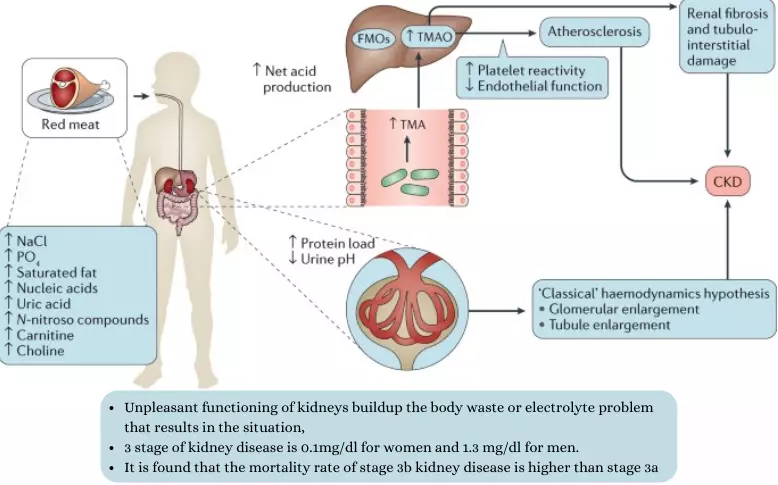
Essential Information About Heart Disease
What do you mean by Cyanotic Congenital heart disease?
Cyanotic heart disease is a term used to describe a variety of congenital disabilities in the heart (congenital). They cause a drop in blood oxygen levels. Cyanosis is characterized by a bluish coloration of the skin and mucous membranes.
The normal function of a heart
Blood typically returns to the body and flows through the heart and lungs. Low-oxygen blood (blue-blood) reverts from the body towards the heart’s right atrium. The blood is then pumped to the lungs by the right side of the heart, where it picks up oxygen in the lungs and turns red. The oxygen-rich blood comes back from the lungs to the heart’s opposite side. It is then injected into the entire body.
Causes of Cyanotic Congenital heart disease
Defect by birth: Congenital disability in the heart can alter blood flow through the heart and lungs. These defects may result in less blood flowing to the lungs. They can also result in the mixing of blue and red blood. As a result, low-oxygenated blood is pumped into the body. Because of this:
- The problem with the cardiovascular system is the flaps in the heart that ensure blood circulation in the proper direction.
- An obstruction in the aorta, the main artery
- Anomalies in the large blood vessels lead to or from the heart.
How does heart disease affect the digestive system?
Initially, stomach problems that could indicate poor heart health are solid and infrequent; however, symptoms typically become chronic as the years pass. These pains are frequently felt near the high left side of the stomach. In addition, the pain in the esophageal sphincter may be felt. These pangs could result from unusual electrical impulses emitted by the heart.
Perspiration, vomiting, and exhaustion are other symptoms that may indicate heart disease. Symptoms of cardiovascular disease-related gastrointestinal problems:
People who suffer from intestinal angina may lose substantial weight due to the pain and difficulties caused by eating. Following meals, symptoms of intestinal angina include diarrhea. Stomach pain usually starts within an hour of eating a meal and can last for two hours. Intestinal angina pain is characterized by dull muscle spasms near the pit of the tummy; however, this pain can emit radiation to the rear.
Acute intestinal ischemia happens when a blood clot becomes embedded in one of the arterial walls of the intestine. These clots are typically caused by atrial fibrillation and arise in the heart. If the symptoms worsen enough, a portion of the intestinal wall may die, resulting in a significant condition. Although morning sickness is related to stomach aches, this symptom also suggests that the individual’s cardiovascular health is deteriorating. Because of the body’s continued acidic state, the stomach’s capacity to digest and process nutrient-rich is hampered.
When the body is in this state, the stomach produces more hydrochloric acid (HCL), the acid used for indigestion. This excess HCL induces vomiting and erodes the stomach lining; this erosion might create an ulcer if not addressed.
How many people die of heart disease every year?
Heart disease is the most common mortality in the United States for males, females, and folks of most races and ethnicities. In the United States, one person dies from coronary heart disease every 36 secs. Every year, approximately 659,000 people in the United States die from heart disease, accounting for one out of every four deaths. Cardiovascular diseases (CVDs) are the leading cause of death worldwide, claiming the lives of an estimated 17.9 million people each year.
How is vitamin-E thought to play a role in reducing the risk of heart disease?
Several studies have looked at vitamin E’s antioxidant activities in managing and curing coronary artery disease (CAD). In vitro evidence suggests that vitamin E safeguards against oxidation of reduced lipoprotein and reduces atherogenic oxidized limited lipoprotein accumulation in artery walls.
Intestinal Angina: A randomized trial found that low-dose vitamin E supplementation (50 IU/d) reduces the risk of angina in patients who have never had CAD. High-dose vitamin E supplementation (400 or 800 IU/d) patients with established CAD reduced the combined endpoint of nonfatal myocardial infarction and cardiovascular death.
Postmenopausal women without heart disease who completed a questionnaire on vitamin E intake and supplements, women in the highest quintile of vitamin E intake had an RR of 0.38 for death from CHD compared to women in the lowest quintile. It has proven to be beneficial for women taking vitamin E after menopause. Men who had undergone extensive coronary artery bypass transplant surgery were randomly assigned to one of two groups: a cholesterol-lowering diet and colestipol-niacin group or a placebo group.
Even though the vitamin E portion of the study was not randomized and the dosages were not consistent, the researchers discovered that patients who consumed 100IU/d or more of supplemental vitamin E had lower coronary artery lesion progression, as measured by angiography, compared to patients who consumed less vitamin E (P=0.04). The consumption of vitamin E in the diet did not affect the progression of the lesion.
Ductal dependent congenital heart disease
The most common congenital disabilities in infants are congenital heart disease. Congenital heart defects affect nearly 1% of newborns, and one-quarter of such defects are related to a severe condition. Most heart defects necessitate ductal patency for survival and may not have manifested clinically right after birth until duct compression occurred.
- Congenital heart diseases account for 30-50% of child mortality due to congenital disabilities. These fatalities happened most frequently in critical cases of hypoplastic left heart disorder, transposition of the arterial supply, or tetralogy of decompensation.
- Diagnosis of Congenital heart disease: Prenatal diagnosis of congenital abnormalities is crucial for initiating the most suitable therapeutic strategy and is heavily reliant on echocardiography detection of structural heart problems during the second pregnancy.
- Infants with crucial cardiac problems who rely on the patency of the ductus arteriosus (PDA) for sustenance can be divided into three groups, according to research done in 2014. The first group is distinguished by chronic lung blood flow constraint, such as pulmonary atresia, tricuspid atresia, or tetralogy of fallot with pulmonary atresia. In these cases, the cardiovascular system relies on ductus compression, which causes severe hypoxemia, cyanosis, and death.
Symptoms of heart disease in women
The symptoms of heart disease in women may be vague and less noticeable than the crushing chest pain that is commonly associated with heart attacks. This could be because women are more likely than men to have blockages in their main arteries and the smaller ones that supply blood to the heart, a condition known as small vessel heart disease or coronary microvascular disease. Here are some of the common symptoms of heart disease in women:
- Inconvenient pressure, trying to squeeze, roundness, or distress in your chest center. It lasts longer than a few minutes, or it fades and reappears.
- Distress or pain in one may be both arms, the back, neck, jaw, or tummy. Breathing difficulties, with or without breathlessness.
- Other symptoms include a sneezing fit, dizziness, and loss of balance.
- Women’s most common heart attack symptom is severe chest pain like men’s. However, women are slightly more likely than men to develop other common symptoms, such as breathlessness, stomach cramps, and back or jaw pain.
Women are more likely than men to experience symptoms while resting or even asleep. Emotional stress can contribute to the onset of heart attack symptoms in women. Because women do not always recognize their symptoms as those of a heart attack, they tend to display it to emergency rooms after heart damage has been done.

